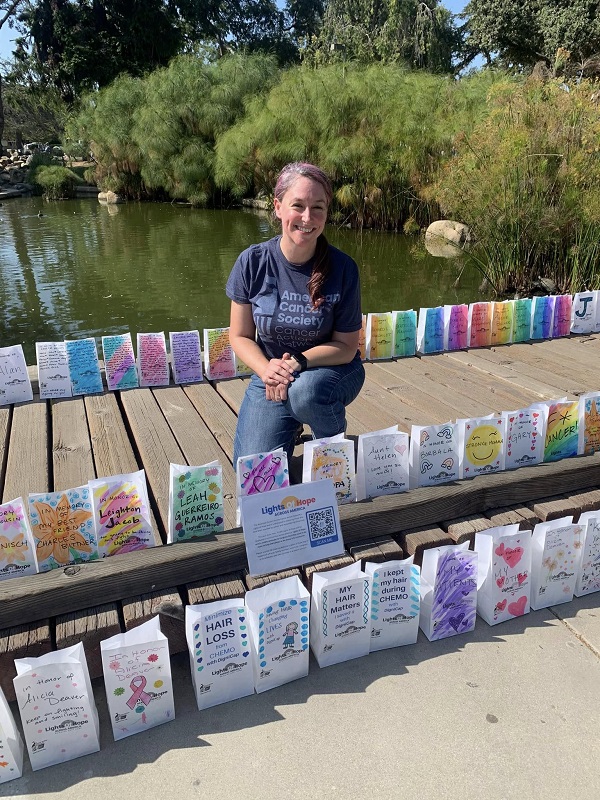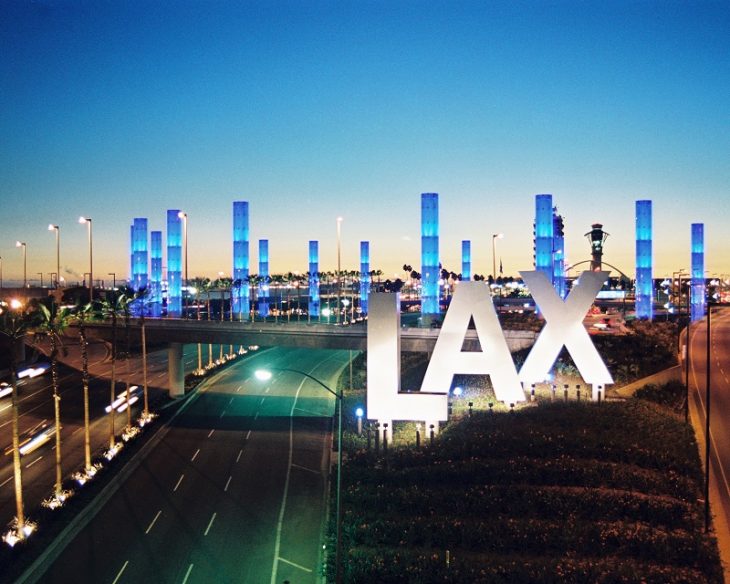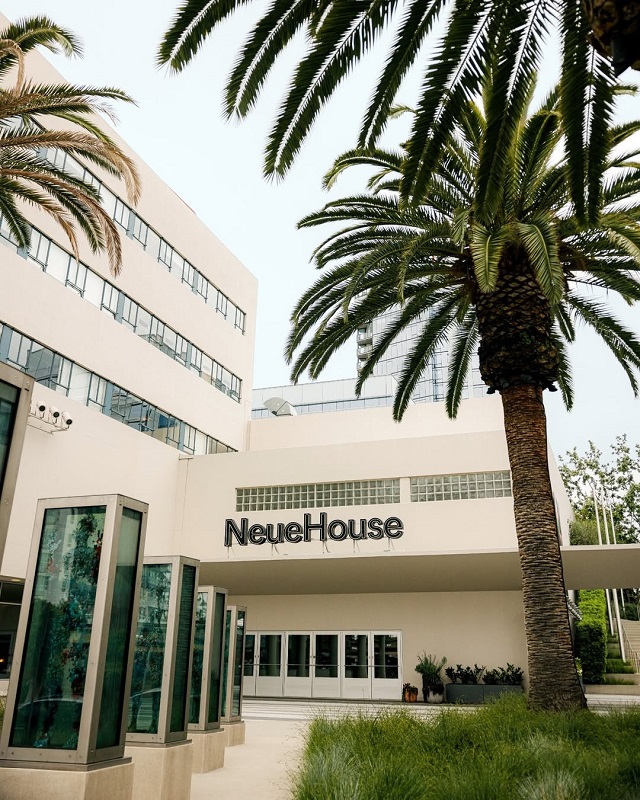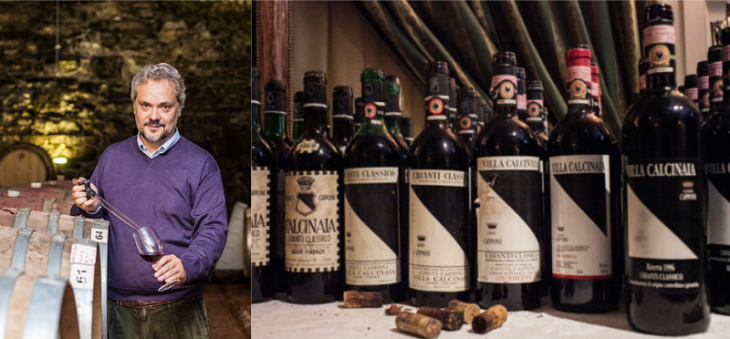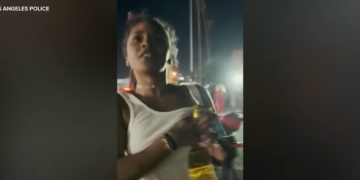Experience the Intersection of Light, Air, and Form in McBride’s Thought-Provoking Installation
By Dolores Quintana
For its inaugural installation in its newest gallery, formerly occupied by a bank and still boasts a vault with a steel door, the Hammer Museum presents Rita McBride’s “Particulates,” first conceived in 2016 and realized here in its third iteration. Composed of high-intensity laser beams, water molecules, and dust particles in the air, the work prompts reconsideration of fundamental elements of sculpture such as mass, scale, verticality, and surface.
Stretching across the former commercial space at the corner of the office tower that houses the museum, Particulates is a rotated, hyperbolic parabola structure that is both optical and ephemeral. Reconstituted for the Hammer’s gallery, the installation includes several elements created for or responding to the space. The large black wall that receives the lasers references the black architectural elements of the 1960s-era bank vault. Tinting on the windows both mimics the corporate aesthetic of the office towers and condominium buildings that line the Wilshire corridor and allows the lasers to be visible at all hours, from inside and out.
Fabricated carbon fiber guidance barriers form a sculptural guardrail that invites viewers to pause as they meander past the sculpture and take in its form as it materializes in real-time.
McBride lives and works in Dusseldorf, Germany, and Los Alamos, California. Since 1987 she has created works exploring architectural and sculptural forms in small-scale objects and large public commissions. The form of Particulates is a multi-helix, hyperboloid structure that is ephemeral and made visible when ambient dust and water molecules encounter the laser beam. McBride started exploring this form in the 1990s with towering public works such as Mae West (2011), a 170-foot sculpture in Munich-Bogenhausen. “Rita McBride: Particulates” is organized by Connie Butler, the chief curator.
Rita McBride: Particulates is made possible by lead funding from Brenda R. Potter. Major support is provided by Hope Warschaw, with additional funding from Karen Hillenburg.Special thanks to Mike Davis of Cloudburst and to the Pollock-Krasner Foundation, whose Lee Krasner Award for lifetime achievement supported Rita McBride’s development of Particulates.


